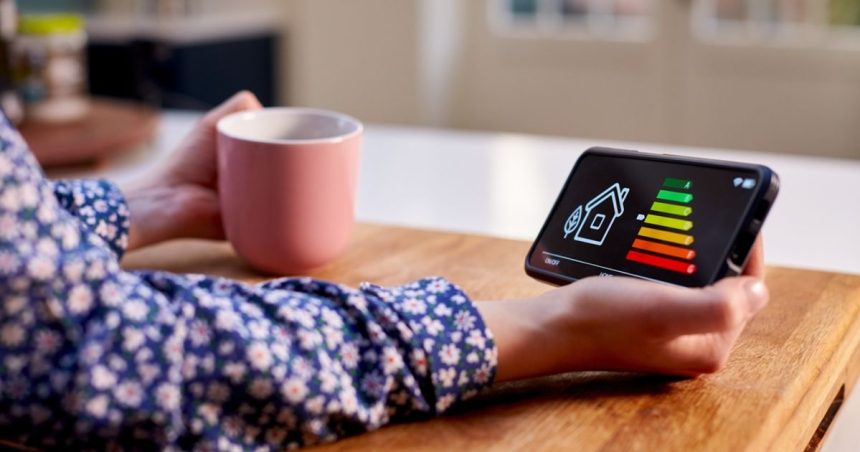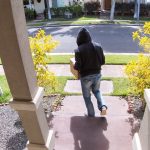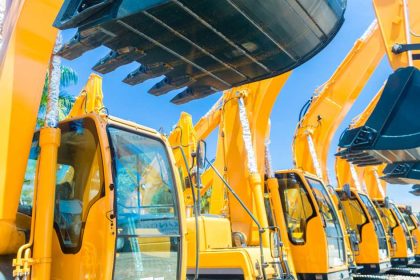Energy-savvy ‘smart meters’ are helping Aussies cut costs by handing control over for when (and how) you power your home.
In 2024, if you’re sporting solar but your smart meter looks like this…
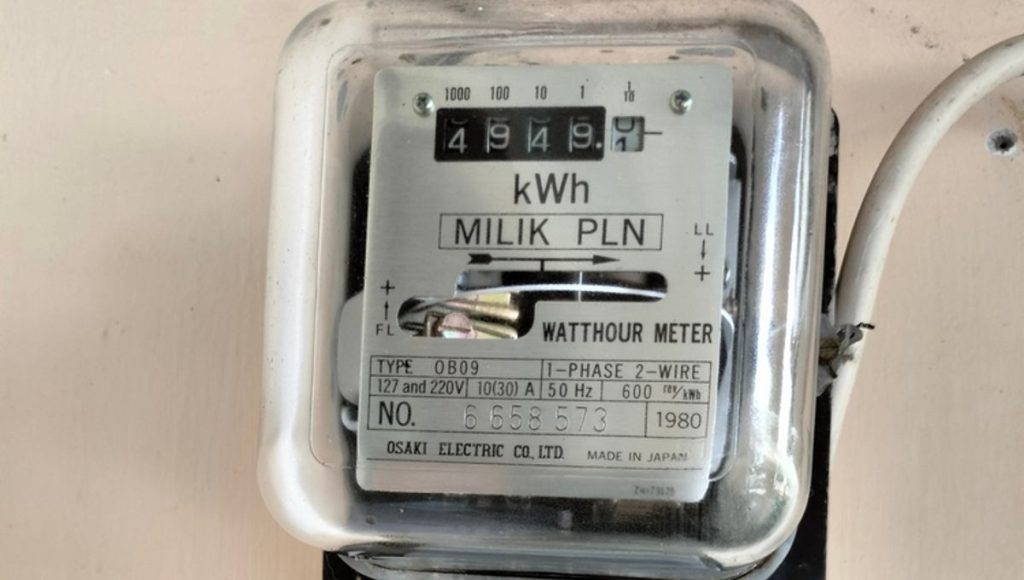
Or this…
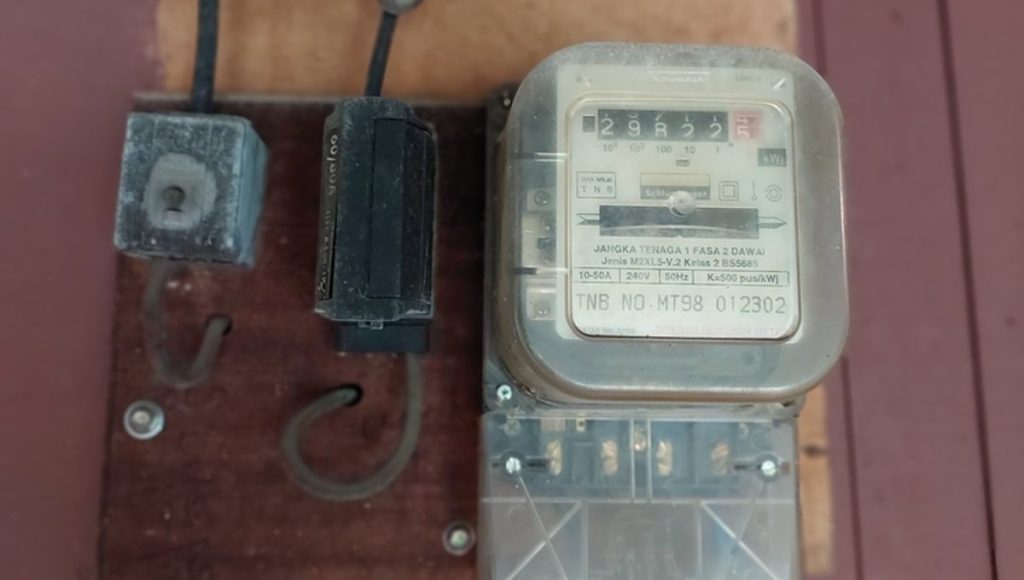
…chances are you’re spending way too much to keep your lights on.
Lucky for you, Australia’s Green Bank, the Clean Energy Finance Corporation (CEFC), announced last week it would be bankrolling a $50 million nationwide upgrade of outdated analog meters for the three million Aussie homes rocking rooftop systems.
This comes loaded with a bunch of benefits for homeowners, like being able to take advantage of flexible pricing and detect faults and outages faster, but the real selling point is the ability to control how and when you use the energy generated by your solar panels.
With these smart meters (and the right solar set-up) you’ll be able to store energy when it’s cheap and dispatch it for a tidy profit back onto the grid when demand spikes later in the day.
Minister for Climate Change and Energy Chris Bowen says the government’s latest investment is the “first step” in unlocking bill savings for Aussie households for years to come.
“Smart meters are a key first step to putting solar panels on your roof and a battery at the back door,” he said.
With smart technology already making life easier for millions of Aussies over the last decade, Assistant Minister for Climate Change and Energy Jenny McAllister it was time that tech got put to good use in driving down bills and emissions.
“New technology has let us count our steps, track bank transactions, and answer the doorbell from work. Smart meters mean we can control appliances and use energy when it’s most abundant and cheap,” said McAllister.
“More smart meters mean more visibility, choice and control for small businesses and families when it comes to electricity consumption and bills.”
Future-proofing the grid
With the upgrade allowing homeowners to control how and when they spend their home-generated energy, provider Intellihub says the nationwide rollout could help shed a light on the demand hitting Australia’s energy grid.
CEFC Chief Investment Officer Monique Miller said the smart tech would help shape the future of Aussie energy.
“More and more Australians are generating and storing their own electricity, using the energy of the sun to power their cars as well as their energy efficient appliances, backed up by home batteries,” she said.
“By using smart meters and smart behind-the-meter devices we can better understand when and how we use energy and make changes that will save on power costs as well as reduce our carbon footprint.”
And the company has the data to back it up. By 2030, universal uptake of the technology is estimated to provide net benefits of more $500 million for homeowners and businesses alike across NSW, Queensland, South Australia and the ACT.
By 2050, the latest modelling from the Australian Energy Market Operator predicts that a better understanding of consumer energy has the potential to contribute a whopping 37 gigawatts of capacity or two-thirds of national electricity market energy storage.
There is a catch
Sound a little too good to be true? Well, provider Intellihub isn’t upgrading your meter out of the kindness of their hearts.
These smart upgrades are just yet another way for companies to track your ‘data’. Similar to how your iPhone tracks your every move on social media, your smart meter will report back how and when exactly you use your energy throughout the day.
While it might seem like a low price to pay for household savings, critics fear the rich trove of data will attract cybercriminals and impact privacy by being too smart about real-time energy use in every home.
Homeowners looking to get the most out of their smart meter will also face a hefty $10,000+ bill for a home battery if they don’t already have one installed with their solar system.

